Pharmacies, states, U.S. territories and federal agencies discarded 82.1 million Covid vaccine doses from December 2020 through mid-May — just over 11 percent of the doses the federal government distributed, according to data the Centers for Disease Control and Prevention shared with NBC News. That’s an increase from the 65 million doses the CDC told the Associated Press had been wasted as of late February.
Two retail pharmacy chains, CVS and Walmart, were responsible for over a quarter of the doses thrown away in the United States in that time period, in part due to the sheer volume of vaccine they handled.
Five other pharmacies or dialysis centers — Health Mart, DaVita, Rite Aid, Publix and Costco — wasted fewer overall doses, but a higher share: more than a quarter of the vaccine doses they received, well above the national average. Two states also discarded more than a quarter of their doses: Oklahoma, which tossed 28 percent of the nearly 4 million doses it received, and Alaska, which threw away almost 27 percent of its 1 million doses, according to the CDC data.
The overall amount of waste is in line with World Health Organization estimates for large vaccination campaigns. But public health experts said the waste is still alarming at a time when less than half of fully vaccinated Americans have a booster shot — which is critical to fight newer, more contagious virus strains — and when many poorer countries continue to struggle with vaccine supply.
“It’s a tremendous loss to pandemic control — especially in the context of millions of people around the world who haven’t even been able to get a first dose,” said Dr. Sheela Shenoi, an infectious disease expert at the Yale School of Medicine.
The millions of wasted vaccine doses include some that expired on pharmacy shelves before they could be used, others that were spoiled by the thousands when power went out or freezers broke, and still others that were tossed at the end of the day when no one wanted the last few doses in an opened vial.
Unlike most other immunizations in the U.S., the coronavirus vaccines come in multidose vials, which means all the doses must be used within hours once the vials are opened — or discarded.
State health officials and pharmacies said that’s been a major contributor to vaccine waste. Some also said the vaccines come in such large minimum orders that they are left with more than they need.
Some pharmacies, including CVS and Rite Aid, said their priority has been offering the vaccine on demand. If getting a shot into an arm means opening a new vial and wasting the unused doses, that’s a tradeoff they’re willing to make.
CVS wasted nearly 11.8 million doses, or about 13 percent of the 89.9 million it received. The share of doses discarded is just above the national average, but in total still amounts to more wasted doses than any other pharmacy or state.
“We often have to open a multidose vial at the end of the day for a single walk-in,” the company said in a statement. “Those vials have a very limited shelf life, which unfortunately means unused vaccine will be disposed of. The same challenge is faced by others administering vaccinations.”
Walgreens, one of the nation’s largest pharmacy chains, wasted 8.3 million doses, or about 10.5 percent of the nearly 79.6 million doses it received.
In a statement, the company pointed to no-show appointments, cancellations and open vials expiring as reasons for the waste.
“The latest CDC guidance advises that providing COVID-19 vaccinations should be prioritized, even if it leads to vaccine waste,” the company said.
The challenge of getting shots into arms and avoiding waste has become especially difficult as demand wanes for the vaccines, experts and officials say.
“The demand has plateaued or is coming down, and that leads to open-vial wastage — especially with multidose vials,” said Ravi Anupindi, a professor of operations research and management at the University of Michigan who has studied vaccination campaigns.
“It’s a demand problem,” he added.
The CDC said it is working with manufacturers on smaller, single-dose vials for the Covid vaccines to reduce waste.
“Vaccine utilization was very high in the early months of the vaccination campaign and has decreased in recent months; however, our commitment to providing vaccine, and now boosters, to anyone who wants one remains unchanged,” agency spokesperson Kate Grusich said in an email.
Pfizer, which manufactures one of the three vaccines authorized in the United States, said it designed its packaging and storage around the needs of its global distribution network.
“We are continuously enhancing the shelf-life, handling and storage requirements of the vaccine to support handling and minimize the number that go unused,” the company said in a statement.
Another manufacturer, Johnson & Johnson, said that in April, the Food and Drug Administration extended the shelf life of its vaccine for up to 11 months in refrigerated storage.
“We continue to work with the U.S. government and health authorities to limit waste of expiring doses and ensure availability of our vaccine,” Johnson & Johnson said in a statement.
The other manufacturer, Moderna, did not immediately respond to a request for comment.
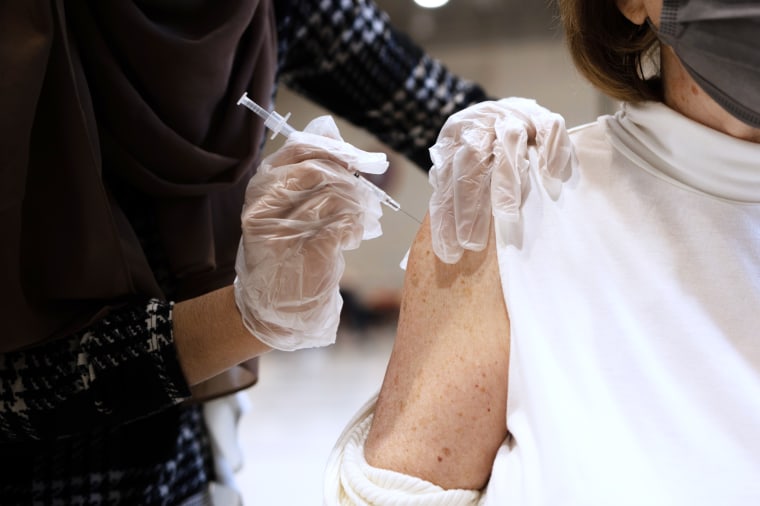
Walmart wasted the largest number of doses after CVS, with 10 million tossed of the nearly 44.6 million it received, or about 22.6 percent. Like others, the company said the waste was caused by waning demand coupled with multidose vials and offering the vaccines on a walk-in basis.
DaVita, which runs dialysis centers across the country, wasted over 39 percent of the doses it received, and said its level of waste was about average before a “storage error” by one of its vendors in April.
Health Mart, a network of more than 4,690 independent pharmacies, received nearly 1.8 million doses and wasted 796,546, or about 44.5 percent — the highest percentage of any awardee. The company said part of the reason is that its pharmacies are in rural areas that see fewer patients.
“On an average day, a Health Mart pharmacy will open fewer vials but may need to open a new vial for a single patient who may not have access to another care option,” Health Mart said in a statement.
The large number of doses that vaccine manufacturers require for a minimum order has been a problem in Alaska, which wasted 26.7 percent of its 1 million doses.
“For many rural/remote areas in Alaska, a minimum order size of 100 or 300 doses is entirely too much vaccine,” Clinton Bennett, a spokesperson with the Alaska Department of Health and Social Services, said in a statement.
The CDC’s data on vaccine waste is almost certainly an undercount. It does not include four states — Louisiana, Maine, Ohio and Oregon — that had technical problems with their data reporting systems.
Representatives for the Louisiana and Oregon health departments said they wasted a combined total of more than 1.7 million doses that are not accounted for in the CDC’s data.
A spokesperson for the Maine Center for Disease Control and Prevention said only that the state’s vaccine waste was “negligible.” Ohio didn’t respond to requests for comment.
The data also excludes doses administered by the State Department and the Defense Department to their personnel overseas.

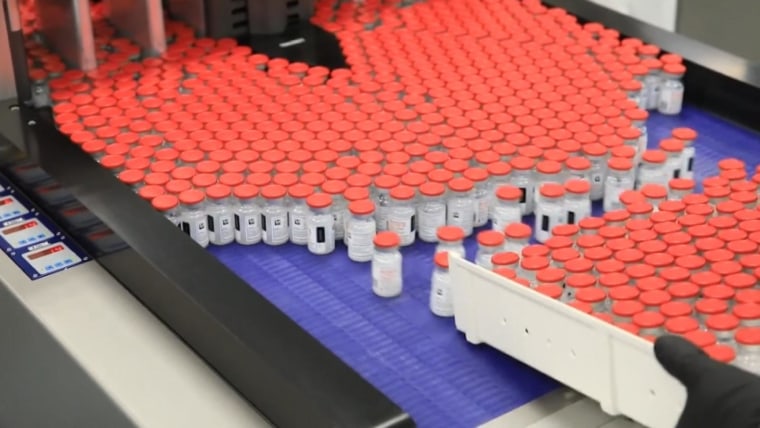

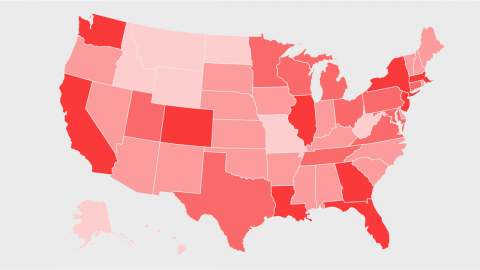
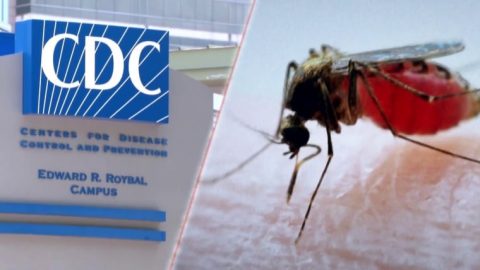




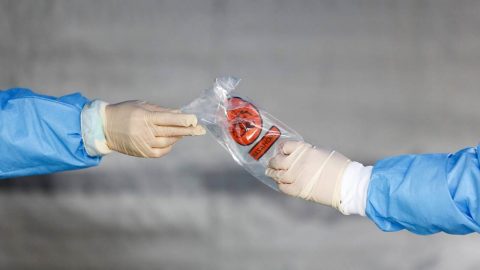
Recent Comments